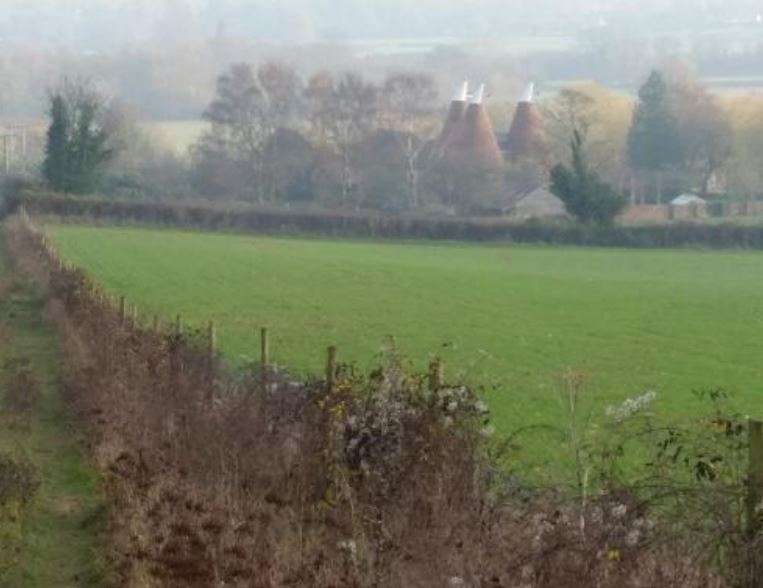

Much of the work still depends on the eyes and skills of the craftsmen, Treharn says. “We just sold one a couple weeks ago, and the customer wanted to put a phone charging station in it,” Jerry Treharn says. There are certain amenities that customers crave today, and Treharn can adapt even the most ornate period pieces to the modern age. An original Chippendale bonnet top secretary that dates from this period sells for around $150,000 on average, depending on the condition: Treharn sells its for $16,200. “This is a piece that only the best master craftsman would have even attempted in the late 18th century,” she says. A towering cabinet with elaborate doors and an array of small, ornate drawers – some hidden for storing keepsakes – braces the back of the secretary. The secretary stands roughly seven feet high, the drawers on the bottom supporting the desktop. On average, the company uses more than 100,000 feet of lumber annually.Īmong the most prized pieces the shop has produced recently is the replica of a late 18th century Chippendale bonnet top secretary, made out of tiger maple wood, Sherry Treharn says. “He acquires it from 12 or 15 mills,” Jerry Treharn says. purchases its supply of select lumber from a dealer in Michigan who ships specific orders to the shop. “We keep seven or eight tables on the floor, Windsor chairs, chests, some beds – a little bit of everything,” Rees says. Meander Hill receives orders “from all over” inquiring about Treharn’s furniture. We’ve been selling his stuff since Day One and he has a large following.” “You won’t find anything better built and his prices are competitive.

“The craftsmanship is second to none,” Rees says. “It’s an important piece of the furniture.”Įvan Rees, now the owner of Meander Hill, says that Treharn’s pieces have sold extremely well over the years. “That’s where we don’t take any shortcuts,” she emphasizes. “There are certain things we will only do by hand that we simply can’t do with automation.” The joining process is all performed by hand to protect the integrity of the piece. “We’re a combination of handmade and automation,” she says.

A good part of the work is still done by hand, although the workshop uses modern automated saws and even a CNC machine for some items, Sherry says. He and his daughter, CEO Sherry Treharn, run the company today, have 14 employees and sell to 60 retail stores, most of them on the East Coast. That took Treharn to Williamsburg, Va., where he experienced the intricate craftsmanship. The owner, the late Jack Rees, told Treharn that while his work was exceptional, he should concentrate on other furniture of the Colonial era. On a whim, he opted to take several of his pieces to Meander Hill LLC, a retailer of Colonial replica furniture in Austintown. “I was a carpenter and I used to make and sell furniture for fun.” “I started in my garage at home,” Treharn says. Posted by Daniel Barringer on August 12, 2013.Such is the following developed and reputation Treharn has earned in the 30 years since he started his small company on the ground floor of the Ward Bakery Building, 1024 Mahoning Ave. The Force of Nature volunteer program is generously sponsored by PECO.

Jim Moffett got a great photo of this beauty. We discovered we were working near (but fortunately not on top of) an indigo bunting nest. By the time we took this group photo (below) a few people had left, and not all the tires had been found. It didn’t take long for the volunteers to clear the new trail and then they turned to cutting Oriental bittersweet vines along the forest edge that were overwhelming the trees there. This will be the view for hikers emerging from the wooded trail, a bonus I hadn’t anticipated when we began working on this. When completed the meadow trail will meander up the hill so getting there won’t be so steep. Yesterday the Force of Nature volunteers and people interested in the program arrived at Green Hills to create a new trail in the woods that volunteer Jim Moffett had designed for us.īelow, our group charges the hill above the future parking area to the point where the future mowed meadow trail will enter the woods.


 0 kommentar(er)
0 kommentar(er)
